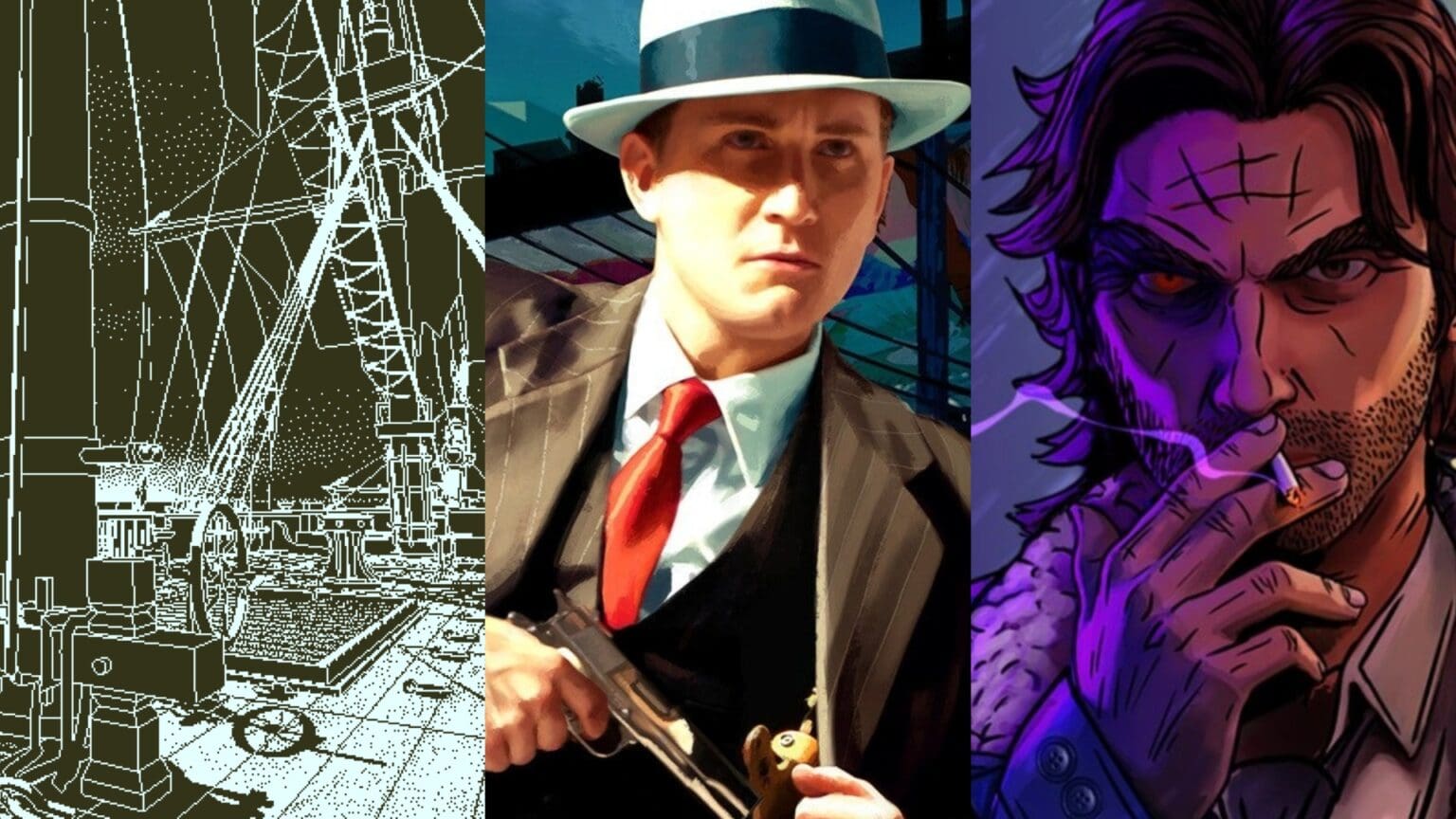There are fewer joys as gratifying as finding the ultimate truth to an unsolved, nagging mystery, especially when you’re in the shoes (and sometimes, a Deerstalker cap) of the game world’s greatest detective.
Detective stories, whether presented in books, movies, or television series, should allow us to join the characters in solving a complex riddle. However, there are instances when writers deny us the chance to do so.
In this edition of GH Breakdowns, we speculate on specific kinds of game sequences that do justice to the subgenre that scratches that Sherlockian itch. We’ll also look at parts of certain games that successfully brought out the detective in players while not marketing themselves as detective games.
Act 1 – The information
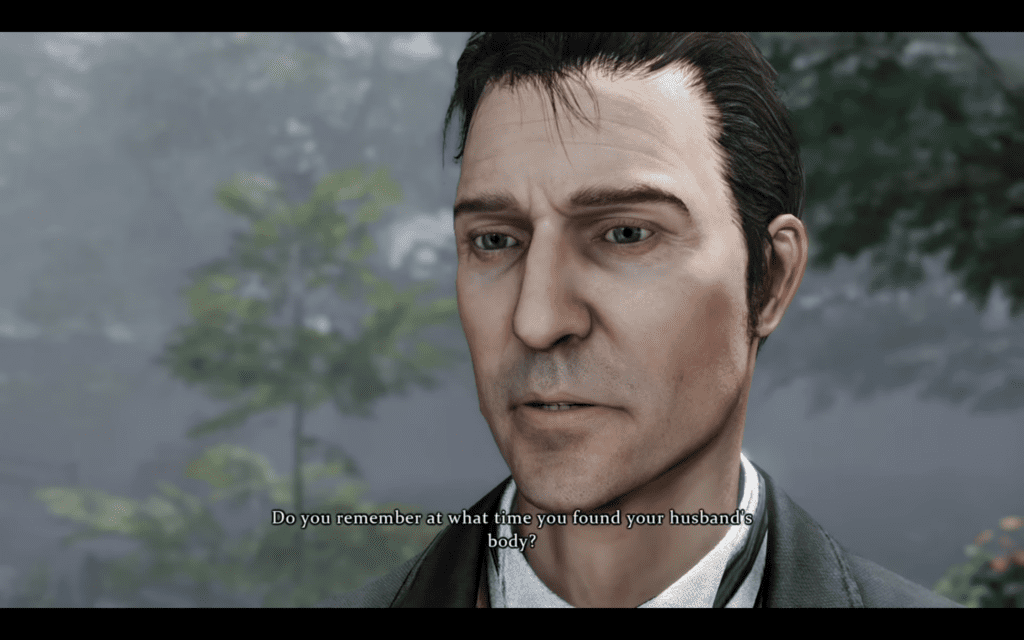
So, someone was murdered. Or is going to be? Or maybe there’s a perfectly executed heist that took place last night. All in all, people are concerned, and you’re in charge of figuring things out. Before we get into things directly, getting facts in check is crucial. This is exactly when the game’s mechanics need to make this process fun for you, not the boring jitteriness of, “Uh huh, now what?”
The “tell me more” needs to find its motivation within your player experience. L.A. Noire does this by giving you intricate gameplay sequences where you spend time around the crime scene, finding possible tangible (or intangible) evidence that needs to be studied for clues. However, it’s the non-linear nature of L.A. Noire that keeps information imaginative. You choose which aspect of the investigation you want to explore, and that’s a concept that sharpens the gameplay loop a little.
When we look at Judgment, the game’s balance between action sequences and pure detective work keeps collecting information an essential part of the narrative. Nothing about it feels mundane. You frequently follow suspects, for instance, in order to locate a specific location or person. You must maintain a safe distance and hide behind cover to prevent your target from realizing what is happening. Additionally, losing the target will start a frantic countdown timer that can only be stopped by regaining line of sight. On the other hand, the protagonist sometimes has to pursue suspects who flee.
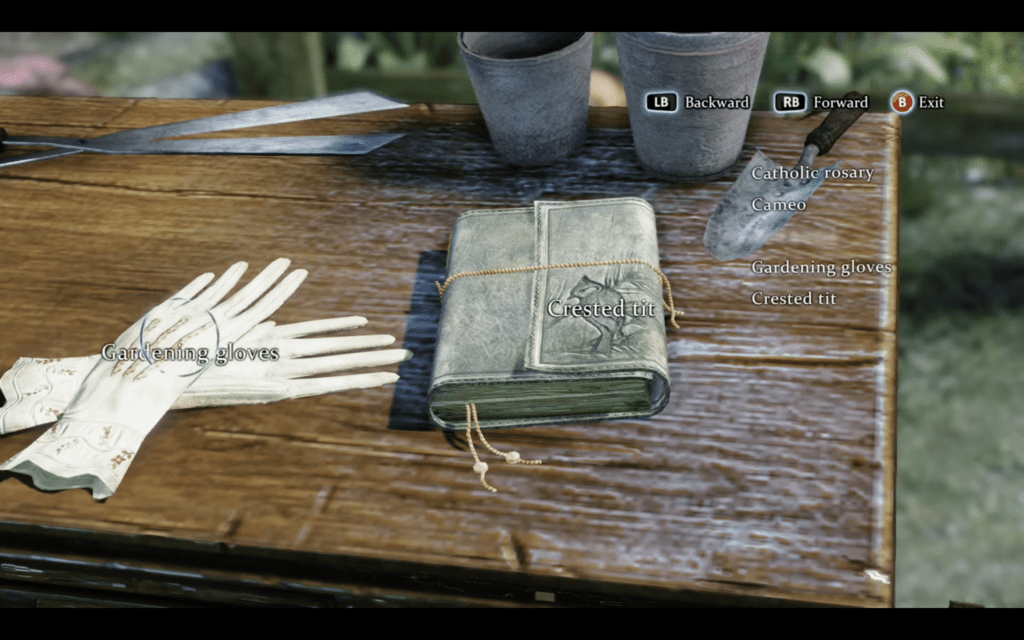
In Sherlock: Crime and Punishment, you gather information by choosing the questions in order of the kind of conversation you want to have to get your facts in place. And, of course, Sherlock’s infamous inductive reasoning helps you deduce facts. It’s not just about making players feel like they’re Sherlock Holmes. It’s about asking them to harness the power of reasoning in well-designed challenge pieces.
Act 2 – Piecing it together
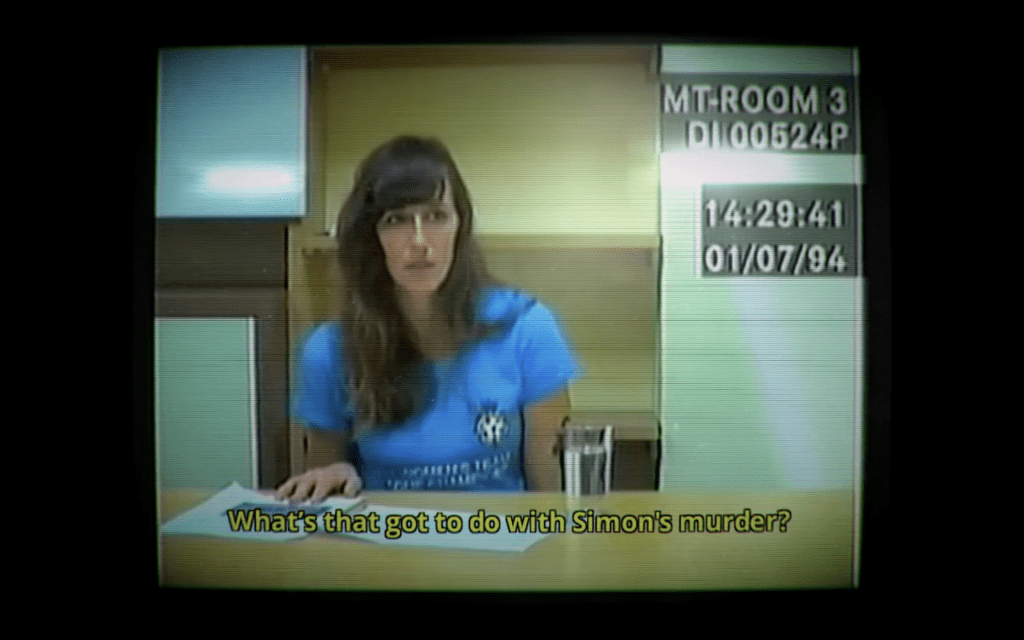
Now that you know who your suspects are, it’s time to connect the dots. This can be a condescending process in some games. The hints and the little text box in the top-left let you know you’re on the right track (looking at you, The Wolf Among Us!). The idea is to protect the player’s interest and respect them by giving them the time to piece together relevant information.
Modern titles may make use of fancy animations, camera work, and subtle use of hints. But, then, some games artfully design the process of connecting these dots. In Her Story, there’s no crime scene. No moving around within the world or impressive cutscenes. Instead, you’re given a computer with a massive collection of videos. All of these are videos of the interrogation of the victim’s wife. To make sense of things, you must take notes and give relevant search prompts to the computer – keywords like murder, suspect, alibi, etc.
Take a look at Cyberpunk 2077‘s fascinating Braindance system. Essentially, it lets you dive into someone’s memory and play instances of a particular scene, like a recording. You can then view it under Thermal, Visual, and Audio filters. Based on these layers, you can connect relevant information that helps you investigate a scene in as much detail as you’d like.
Act 3 – Confrontation
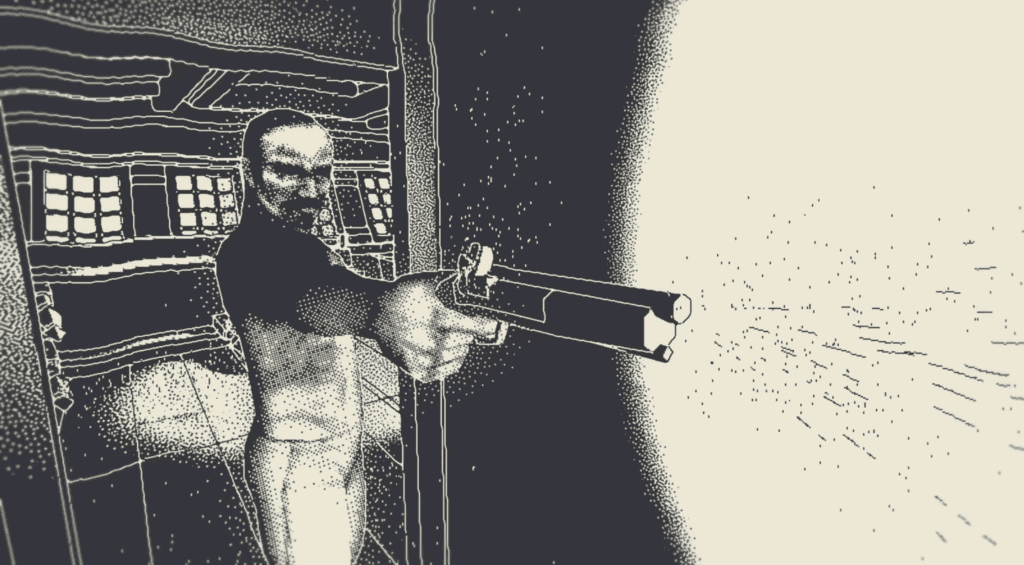
Leading up to the confrontation, your facts are (probably) in place, and you know who to point the finger at. Even more thrilling, you may be a part of an intense cop-car-chase (like the ones from L.A. Noire). However, the final revelation lies in how confident the player feels about their decisions so far.
Return of the Obra Dinn is a beautifully crafted detective game that lets you witness the death of every individual by experiencing the scene of their final moments, thanks to your magical pocket watch. Once you have your details together – information about the victims and a logical conclusion to what actually happened – the game asks you to pinpoint the exact answer to questions that arose thanks to the death of 60 people on a ship.
L.A. Noire cleverly uses your suspects’ expressions and dialogue to prompt you to figure out whodunnit. When they’re trying to convince you they’re not in the wrong, you can highlight their lie and watch them crumble under a false persona. It’s a satisfying moment of certainty mixed with positive feedback from the game. The ‘Aha!’ moment makes for a solid conclusion to your investigation.

Act 4 – Resolution
You’ve redeemed yourself. All those years of poor grades in school and low efforts put into academia finally feel unusually unimportant. Because, guess what – you’ve finally solved a terrifyingly gruesome murder of a digital person you never knew in real life. And, at this moment, we’ll reflect a little – are you truly ready for the next one?
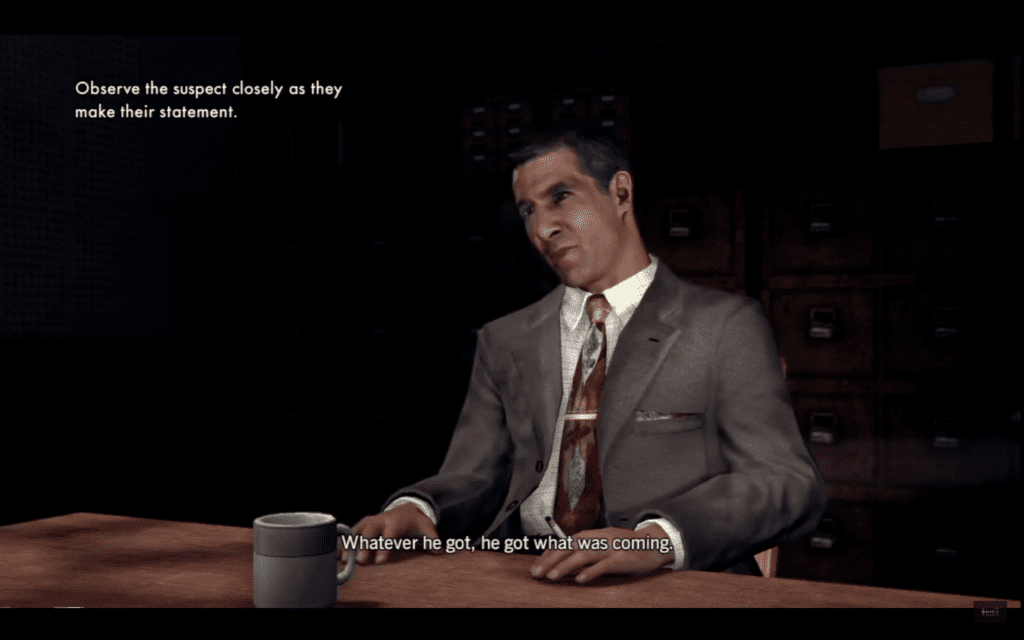
Great detective games ensure you’ve used your logic without handholding you through the process. These games demystify challenging gameplay loops without making them seem effortless. In doing so, developers need to focus on two things – the pacing of the narrative and how detective work plays into it.
If this is not in balance, the player might feel a sense of impostor syndrome – they’re helplessly asking the game to slow time for them so they can figure things out. When, in reality, the overall game’s narrative doesn’t need to move ahead as players take the time to dwindle around a bit.
We believe that games that take the chance and courage to build on a player’s logical and deductive experience should take all the time to master such craft. After all, it’s not every day that you solve mysteries in a valid, fascinatingly interactive fashion – a kind of freedom only video games can harness.





